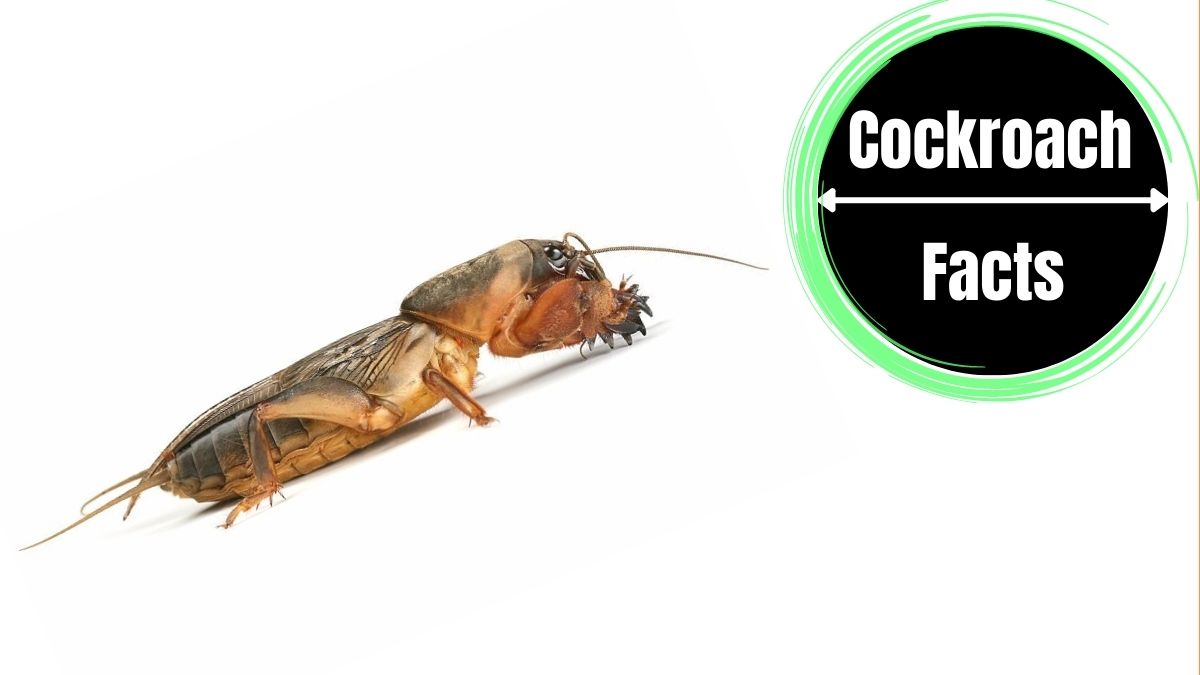Cockroaches are some of the most common and resilient pests found around the world. These insects come in various species, each with distinct characteristics. Being able to identify different types of cockroaches can help you determine the level of infestation and choose the most effective control methods.
Introduction to Cockroaches
Cockroaches are insects belonging to the order Blattodea. They have a flattened body, long antennae, and are known for their ability to adapt to various environments. Understanding the different species is crucial for effective pest management.
Identifying Cockroach Specie
German Cockroach (Blattella germanica)
Small and light brown with two parallel dark stripes on the thorax. They prefer warm and humid environments, often found in kitchens and bathrooms.
American Cockroach (Periplaneta americana)
Large and reddish-brown, with a distinctive yellowish figure-eight pattern on the back of the head. Found in dark, damp areas like basements and sewers.
Oriental Cockroach (Blatta orientalis)
Dark brown or black, with a shiny appearance. They emit a strong, unpleasant odor. Common in cool, damp places such as basements and drains.
Brown-banded Cockroach (Supella longipalpa)
Small and light brown, with pronounced bands across the wings and abdomen. They prefer warmer and drier conditions, often infesting cabinets and closets.
Asian Cockroach (Blattella asahinai)
Similar in appearance to the German cockroach but with longer wings. They are strong fliers and are attracted to light at night.
Habitats and Behavior
Cockroaches typically prefer dark, moist, and secluded environments. They can be found in kitchens, bathrooms, basements, and crawl spaces. Understanding their preferred habitats can aid in effective pest control.
Health Risks and Prevention
Cockroaches are associated with various health risks, as they can carry disease-causing pathogens and trigger allergies. To prevent infestations, keep living spaces clean, eliminate food and water sources, and seal cracks and crevices.
Integrated Pest Management
- Identification: Accurate identification of the cockroach species is the first step.
- Sanitation: Maintain cleanliness to remove potential food and water sources.
- Exclusion: Seal entry points and cracks to prevent their entry.
- Trapping: Use sticky traps to monitor and control populations.
- Chemical Control: If infestations are severe, consider using insecticides. Consult professionals for safe application.
Conclusion
Being able to identify different types of cockroaches is essential for effective pest management. By understanding their species-specific traits, habitats, and behaviors, you can take proactive measures to prevent and control infestations. Integrated pest management practices, coupled with proper sanitation and professional assistance when needed, will help keep your living spaces cockroach-free and healthier for you and your family.

